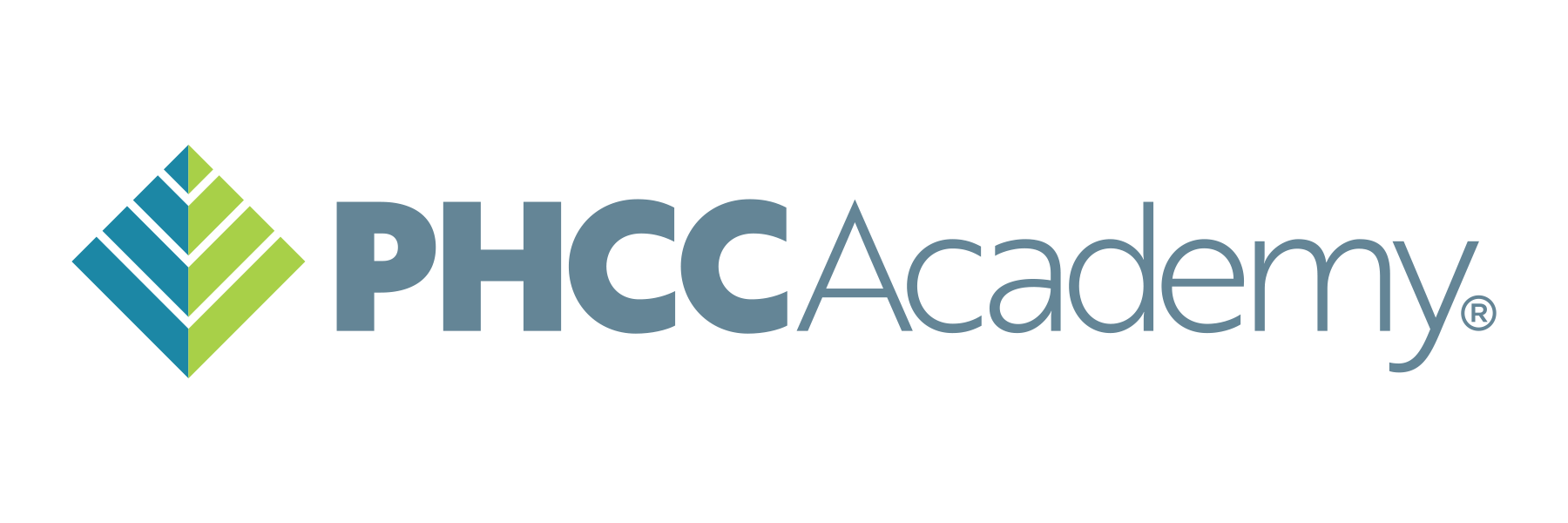Associations: How to Get the Board Buy-In on Education Programs
The thought of facing the board may be one that inspires intimidation, anxiety, or even discouragement. If you feel any of these distressing emotions, then that means that you’re aware of the struggle involved in not only presenting a proposal but also getting the board to take action.
Often, you have to grapple with priorities that may not give enough space for the project you have planned. Always, you have to consider things from the business perspective or ask yourself what the board needs to approve the budget you’re asking for, especially considering anything else that may be taking a cut from your organization’s finances.
Despite the challenges you may face in interacting with the board alone, your commitment to your members’ education and professional development should be enough of a driving force.
Getting the board to buy into any of your education programs doesn’t have to be such an insurmountable task.
After all, the business landscape has recognized the value of education.
If the thought of getting the board to approve of your training and education program still gives you a little anxiety, then maybe we can help with that. Here are five things you need to consider so that you can stand in front of the board with confidence and intention:
Often, you have to grapple with priorities that may not give enough space for the project you have planned. Always, you have to consider things from the business perspective or ask yourself what the board needs to approve the budget you’re asking for, especially considering anything else that may be taking a cut from your organization’s finances.
Despite the challenges you may face in interacting with the board alone, your commitment to your members’ education and professional development should be enough of a driving force.
Getting the board to buy into any of your education programs doesn’t have to be such an insurmountable task.
After all, the business landscape has recognized the value of education.
If the thought of getting the board to approve of your training and education program still gives you a little anxiety, then maybe we can help with that. Here are five things you need to consider so that you can stand in front of the board with confidence and intention:

